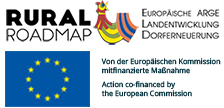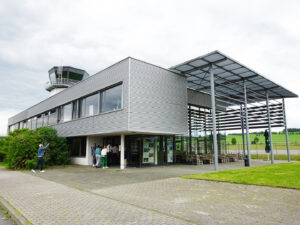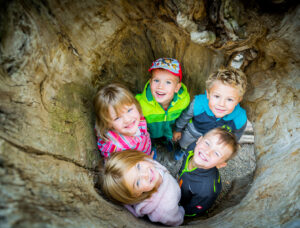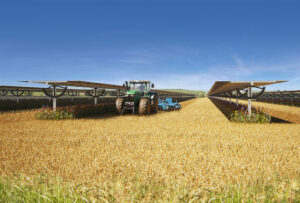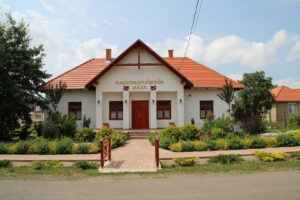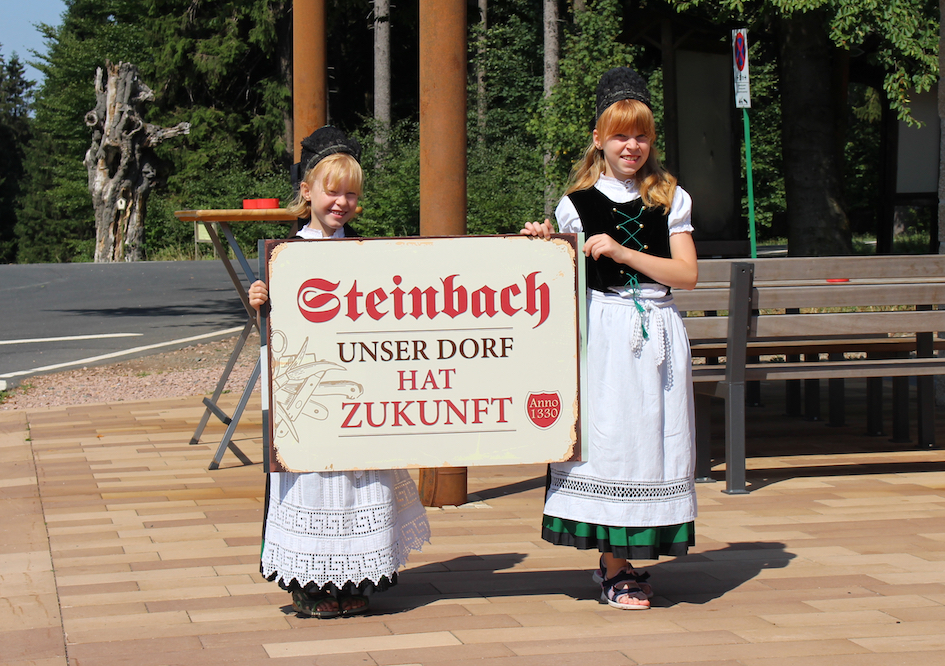
Steinbach, Thuringia, Germany
Steinbach, part of the township Bad Liebenstein, is located in a narrow valley, surrounded by steep, wooded slopes and characterized by half-timbered houses. It has 1035 inhabitants, which corresponds to a population decrease of 30 percent over the last twenty years. Due to its barren lands, agriculture is not of great importance. Instead, Steinbach relied heavily on mining as well as knife and locksmith trade. During GDR times, local knife factories became large national enterprises with up to 1000 employees. After the political turnaround, structural changes led to the closure of many enterprises, the village’s 1500 residents had no perspective. Unemployment was up to 90 percent, more and more people left the area in search of employment, subsequently leading to the closure of local supply and service establishments. Vacancies, decay and resignation were the consequence, but there was also resistance and the wish to escape this cycle manifested in the early 2010s.
One important step, and initiator for the development process, was the fusion of several municipalities, forming the township Bad Liebenstein in 2013. The integrated town development concept (ISEK) served as a foundation since 2016. During the process, a village guideline as well as a vitalization concept and concrete development goals were added. Being able to “live and age gracefully in Steinbach” remains a priority. Therefore, revitalization of the village core, local supply, mobility among young and old, maintaining and rethinking traditions, strengthening the village community and promoting the Steinbach identity and brand were central issues.
Primary instruments of participation include the “Steinbacher Zukunftsstammtisch” (regular meeting for the future) and several groups of projects. The Zukunftsstammtisch is hosted every month and facilitates discussion of current and general issues. The individual projects are planned and implemented by project groups, which are open to the public. Active involvement and initiative from residents is extraordinary and can be considered a great resource for the future.
Particularly noteworthy results of the development process were achieved in the fields of social services, local supply, mobility, community and identity. One of the lighthouse projects is the so called “Steinbacher Messerstübchen” (Steinbach knife chamber), which revitalized the village center and improved local supply. It is home to a café, a village store and a community hall. The weekly seniors’ meeting and the monthly “Zukunftsstammtisch” take place here.
The outstanding supply of social facilities is attributed in great parts to the township Bad Liebenstein, but the local population with its volunteer work and initiatives plays a decisive role in the diversification of activities. Some examples include senior citizens’ support (e.g. during winter or for shopping) by the “Steinbach hilft” group, or the drive-share bench in close proximity to the bus station.
The village has gone to great lengths in order to strengthen its identity. Always at the center remains the knife. In its honor, a number of activities and establishments were created, such as the “knife chamber”, a “knife run” or the “knife trail”. Also of importance to the community remains Martin Luther, who was kidnapped near Steinbach in 1521. The Luther memorial, the Luther theater, and the Luther festival are as much of a factor in creating value as is the active incorporation of the industrial history of Steinbach.
Some great examples of the strong village community include the Steinbach advent calendar, formed by private windows and illuminated more day by day, or the “bench sponsorship” program, outsourcing maintenance of the numerous seating accommodations in public spaces to the general public. The measures also underline the strive for cooperations. The project “Every village has its twin” emphasizes this: based on the similarity in name, a partnership was formed with the municipality Steinbach an der Steyr in Upper Austria. There is regular exchange about their experiences, as both villages share their position as a mountainous village with an industrial background.
By transitioning to LED street lighting and the pilot project “Water to Light, which utilizes an old waterwheel of a former knife production facility to produce energy for street lighting, important first steps in regards to renewable energy were taken.
Steinbach has achieved a lot within a short timeframe. Unemployment was decimated, new jobs were created, population shrinkage was minimized. Added value, local supply and quality of life have risen dramatically. Identity, community and self-esteem were strengthened. Disillusioned people became a participative, proactive, strategic and determined unit that looks ahead and is ready to tackle the great challenges it faces.
Evaluated: 2020
